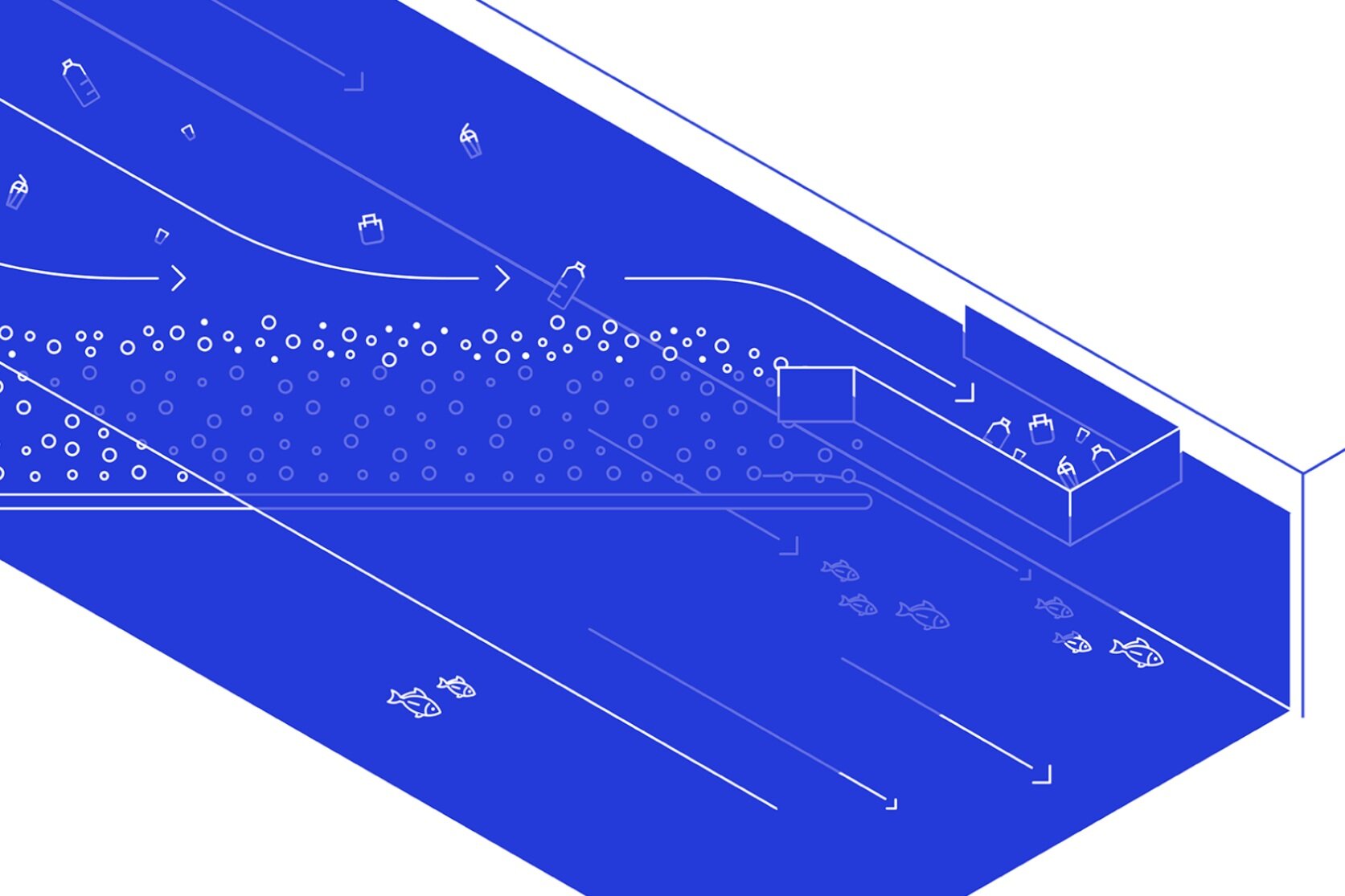HACKATHON CHALLENGES
Capsule Hack has identified six challenge categories that intersect with the environment in meaningful, impactful ways. At Capsule Hack, we aim to develop innovative projects for problems at these intersections of the environment and six challenge categories: Art, Education, Energy, Health, Food, and Cities.
HEALTH
All of our hackathon challenge categories are intentionally broad in order to encapsulate the many health-related ideas that have the potential to improve the planet. Everything is welcome—maternal/youth health, toxicity, disease prevention, pharmaceutical accountability, water sanitation, conservation, homeless populations, mental health—if you can dream it, we want to see it. Submit a project idea here!
INSPIRATION
Here are some incredible projects around the world that have us inspired! No idea is too outlandish. Find your next steps through Capsule Hack’s Innovation Pipeline.
Coway Airmega’s pollution sensor cleans your air just like a normal air purifier, but also gives you real time feedback and control of your air purifier and your indoor environment. The brightly colored LED ring lets you know how clean or dirty your indoor air is every minute of the day. Basically, it monitors the quality of the air in your home, in order to live a more healthy lifestyle.
The Great Bubble Barrier wants to remove as much plastic as possible from the environment. The idea is simple. A tube with holes is placed on the bottom of a river. Pumping air through the tube creates a bubble barrier, or air curtain. The air bubbles force plastics in the water to the surface, making them accessible for removal. The result is improved water quality and thereby quality of life for humans and animals.
Water Safety Planning (WSP), pioneered by the International Water Association, is a comprehensive risk assessment and risk management approach that encompasses all steps and stakeholders of the water supply system from catchment to consumer. Successful implementation of WSPs can improve drinking water quality, accrue operational efficiencies, and provide a robust framework to better target more sustainable long-term capital investments.









